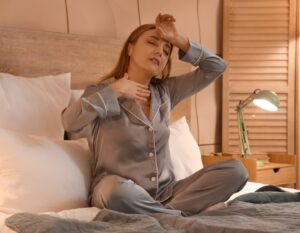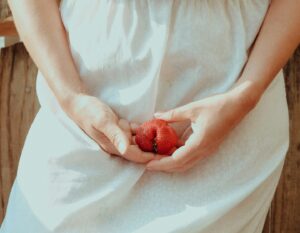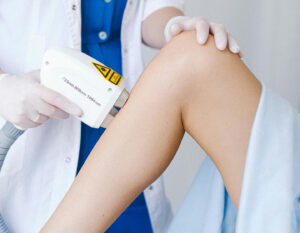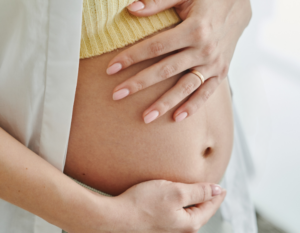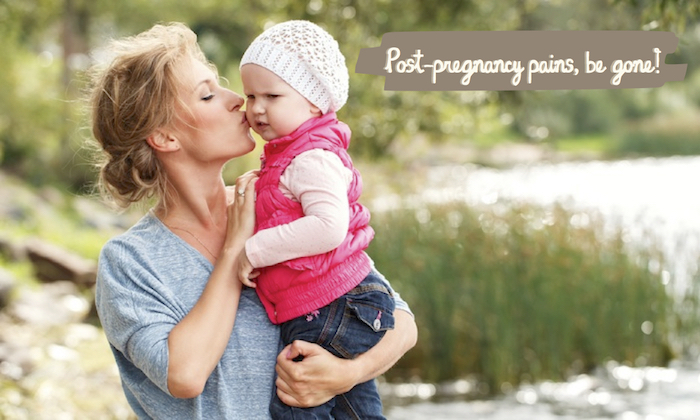
 Post Category - Health & WellnessHealth & Wellness - Post Category - WellnessWellness
Post Category - Health & WellnessHealth & Wellness - Post Category - WellnessWellnessFor first time mums, caring for an infant is a physically challenging task that places a great deal of mechanical stress on the body. Each day, the same movements are repeated over and over: Bend, lift, twist, bend, lift, twist… All that’s missing is Richard Simmons and a funky beat, right? These repetitive strains accumulate over time until the spine finally says “No more!” and taps out, resulting in injury.
Why do post-partum mums have a higher risk for spinal injuries? There is both a hormonal and a bio-mechanical reason to this. Let’s talk about hormones first: During pregnancy, the body releases a hormone called relaxin that causes a loosening of the muscles and ligaments. This is significant because it allows the uterus and pelvis to expand, accommodating the growing bundle of joy. The downside is that relaxin causes laxity of the stabilising muscles and ligaments of the spine, meaning the ability to hold the spine in a stable position is weakened by the hormone. Well, an unstable spine is an injury just waiting to happen. One improper lifting movement or a sudden twist and the spine can be pulled out of alignment, causing a joint sprain, disc injury or worse.
The good news is you can take preventative measures to build up bodily strength post-pregnancy. Let’s take a closer look at at the most common types of post-pregnancy pains and what we can do to prevent them from occurring.
Low Back and Thoracic Pain
As the pregnancy enters the third trimester, significant postural changes will occur. The low back will develop a more prominent lordosis (fancy medical term for curve) as the growing weight of the fetus requires the mum to lean further back to prevent falling forward. This excessive curve places more stress and irritation on the low back facet joints, causing pain. In a similar way, the upper back will develop a greater forward curve to counteract the increased lordosis of the low back. This will stretch and strain the muscles of the upper back (thoracic region). After delivery, the relaxin levels decrease and the muscles and ligaments begin to regain their rigidity. During this time, pain can result if the joints are out of alignment as their surrounding muscles and ligaments harden.
So as a new mum, how do you avoid falling victim to back pain? As with most things health-related, the key is prevention (what a shocker). It starts with building and maintaining core muscle strength prior to, during and after pregnancy. The core is quite simply the muscles surrounding your abdominal region. Having a strong core is analogous to wearing a full-time back brace and is critical to spinal stabilisation. There are literally dozens of core exercises that can be done. I regularly recommend planks (front and side), bird-dog and pelvic tilts for my patients. I’ve seen great results with these.
New mums are often thrust into the fire before they even have time to recover. Sleep deprived from night feedings, they rush to doctor appointments, cook, clean and do everything but wear a cape. They bend, lift and twist with reckless abandon, phone on one ear, vacuum with one arm, and carry a screaming baby on the other! The elements of a perfect storm for injury are all present.
I always advise new mums to SLOW DOWN. Be the tortoise. Relaxin levels are still elevated the first week post-partum, so muscle and ligament instability is still present. Forward bending, lifting and twisting are big no no’s. Bathing the newborn in an elevated tub and use of a changing table will spare the spine from unnecessary bending. Lift with a neutral spine by keeping the little one tight to your body and using your legs.
 Shoulder Pain
Shoulder Pain
New mothers often have a tendency to carry their infant with their non-dominant arm while multitasking with the other arm. This imbalance puts an undue amount of strain on the small rotator cuff muscles of the non-dominant shoulder. These muscles are responsible for holding the humerus (upper arm bone) in its place within the shoulder socket. The weight of the baby applies a continual downward pull on the humerus, stressing the cuff muscles. Over time this can lead to micro tears as well as inflammation of the shoulder bursa (bursitis) and joint capsule (capsulitis).
It is advisable when carrying the infant, to use both arms whenever possible, keeping the baby centered in the midline and tight to your body. If you insist on only using one arm, make sure to occasionally switch arms avoid overexerting one side.
When carrying a car seat, hold it in front of you with both arms bent and two hands on the handle. Keep it centered and close to your body. If at all possible, purchase a car seat adapter for your stroller to prevent having to carry the car seat everywhere.
Pelvic Pain
The pelvis is a very common area of complaint post-pregnancy. The bony pelvis expands as the fetus grows placing stress on the joints at the front and back. The joint at the front is called the pubic symphysis. The two joints at the back of the pelvis are the sacroiliac joints. During a vaginal delivery, as the head of the fetus passes through the pelvis, these joints are under immense strain especially in females with a narrow pelvis. This can result in a sprain injury to the pubic symphysis or sacroiliac joint.
Wearing a pelvic support belt throughout the pregnancy can help to improve stability in the area. Once again having a strong core also helps to lock the pelvis in correct alignment, so remember to do your pelvic tilts and bird-dogs!
Neck Pain
Post-pregnancy can literally be a pain in the neck! Ducking your head down to watch the little one during feeding stresses the muscles and ligaments at the back of the neck. An average human head weighs about the same as a bowling ball, so imagine those poor little neck muscles having to carry all that weight for hours on end. Even worse, some mums fall asleep head forward while feeding. Yikes! Without the protective activation of the neck muscles, the ligaments become even more at risk for injury. I always advise new mums to be aware of their head position during feeding. Avoid jutting your head forward or down for prolonged periods. Keep your head in a neutral position with your ears aligned with your shoulders. This helps to maintain the protective shock absorbing lordosis in your neck.
Post-pregnancy is a special time for new mums, filled with forever moments and life-changing experiences. It is my hope for you all that pain isn’t one of them.
 View All
View All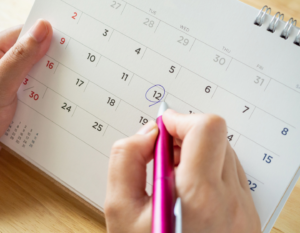



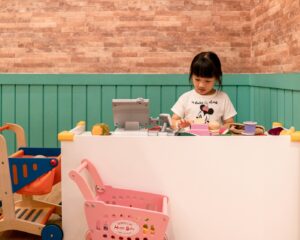





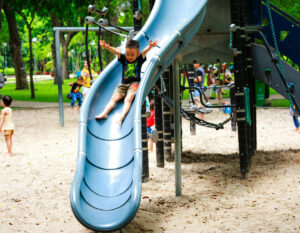
 View All
View All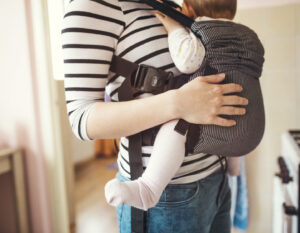



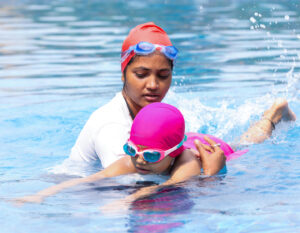
 View All
View All


 View All
View All